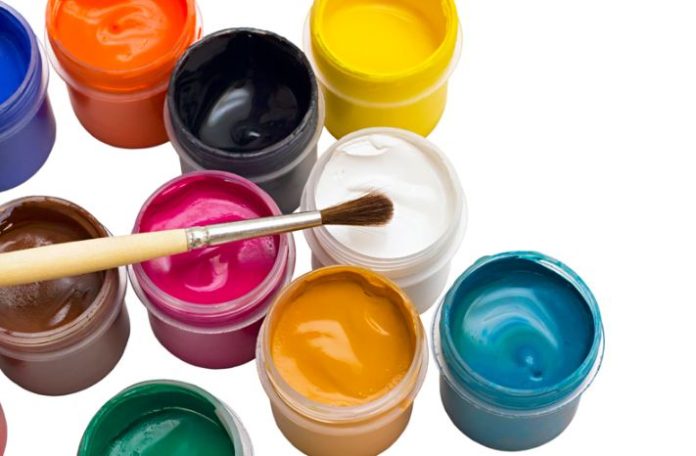Consider this scenario: you and your neighbor are both trying to sell your houses. You are snootily disparaging about his pale yellow and lime green exterior walls and smug about your own aristocratically peach-complexioned exteriors. However, imagine your shock when his house is snapped up a month after it is put on the market, while yours has no takers.
You do know why you lost out, don’t you? Your walls weren’t colored right! This is where an art form comes in: you need to know how to choose the perfect paint colors.
That ought to tell you that for a quick sale, you may need to paint your exterior walls in two, three, or even four colors. Bright, as anyone with basic color sense will know, does not always mean kitschy.
And there’s one more thing: you can actually use different colors to highlight the different design features of your home. How about that?
Okay, now were going to say some politically incorrect things here. Several reliable surveys have demonstrated that when it comes to exterior paints, more complex colors usually attract wealthy or educated buyers, whereas lower-income group buyers or those with less education are generally more influenced by basic shades.
In fact, it has been found that houses in the lower price range sell for a higher price if done up in simple colors. A complex color, for those wanting to know, is one that contains traces of gray or brown besides the primary shade.
So mustard yellow would be a complex color while green would be a simple shade. Not too complex, is it?
When you choose the perfect paint colors for interiors, the same psychology holds. Colored rather than white walls increase a houses sale potential. Now, we all harbor a common conception that white walls create an impression of spaciousness, but market research indicates that this is more of a common misconception.
Actually, the truth is that most people supposedly feel happier when the interiors of their houses are colored in different shades rather than left white or neutral. So, the indications are that if your interior walls are colored, you actually stand to gain when you try to sell it.
By all accounts, your exterior and interior paint colors should be in harmony. The reasoning behind this is simple. Common sense dictates that only if a prospective buyer likes the outside of your home will s/he step inside.
And if your home sports the same colors inside as it does outside, doesn’t it make sense that s/he will like the house enough to buy it, provided other parameters are in place?
Nevertheless, it has traditionally been found that certain colors work better for certain rooms than others. So the kitchen and dining areas are usually painted in simple colors that associate these areas with food and eating, such as brown, green, and yellow.
Similarly, bedrooms are meant to convey feelings of intimacy and privacy, which are best suggested through the use of colors like blue, red, and pink, but not in too deep shades.
By now, you may think we’ve told you all there is to tell, but real estate experts would go so far as to say that the paint colors of your home should actually reflect the season in which you plan to sell.
Therefore, for a summer sale, they would advise soothing colors like shades of green and blue, while warmer colors like yellow and red would be better suited to a winter sale.
Seems improbable? It sure isn’t, because colors affect us much more than we think. Ever wondered why the Nazis painted all their concentration camps in a uniform gray shade? The color was meant to signal: abandon all hope, all ye who enter here.
That doesn’t mean you go to the other extreme when you do up your house so that it looks like something out of a child’s alphabet book. But think about it, wouldn’t you like a gaily colored house better than something that looked like it was dunked once in a particularly drab shade of white?

